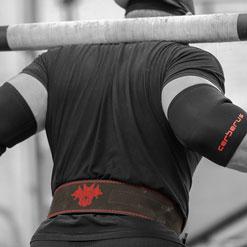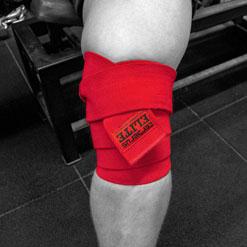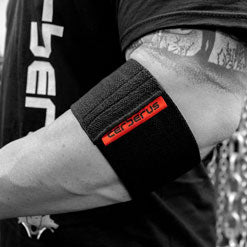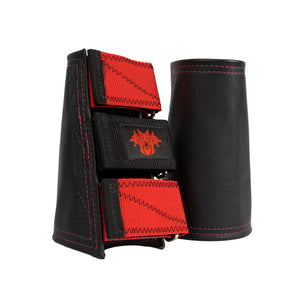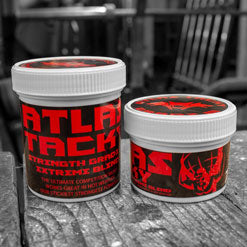
Are you looking to boost your squat game and take your lower body strength to the next level?
Squatting is a fundamental exercise that targets the core and the entire lower body, including your glutes, quads, hamstrings, and calves. A bigger squat not only enhances athletic performance but also supports everyday movements.
Here’s a straightforward guide packed with tips and tricks for increasing your squat strength.
1. Perfect Your Form
Before piling on the weight, ensure your form is on point. Proper squat technique ensures safety and effectiveness, maximizing muscle engagement and minimizing injury risk.
- Stance: Feet should be shoulder-width apart with toes slightly pointed out.
- Depth: Aim to lower yourself until your thighs are at least parallel to the floor.
- Posture: Keep your back straight and chest up throughout the movement.
2. Incorporate Strength Training Principles
Strength training isn't just about lifting weights; it's about lifting them correctly. To build a bigger squat, integrate these principles into your routine:
- Progressive Overload: Gradually increase the weight or the number of repetitions over time to challenge your muscles.
- Volume Training: Higher reps at moderate weights can help build muscular endurance and size.
3. Focus on Accessory Exercises
To break through plateaus and keep progressing, include exercises that strengthen the muscles involved in squatting.
- Leg Press: Helps build power and muscle mass in the quads and glutes.
- Deadlifts: Enhance core strength and stability, crucial for a solid squat.
- Lunges: Improve balance and unilateral (one-sided) strength.
4. Optimize Your Recovery
Recovery is just as crucial as the workout itself. Allowing your body to recover fully can lead to more significant strength gains.
- Rest: Ensure you have rest days in your workout schedule to allow muscle recovery and growth.
- Nutrition: Fuel your body with a balanced diet rich in proteins, carbs, and healthy fats to support muscle repair and growth.
- Sleep: Aim for 7-9 hours of sleep per night to optimize recovery.
5. Track Your Progress
Keeping a workout journal can help you monitor your progress and make adjustments to your training regimen based on your results.
- Set Realistic Goals: Define clear, achievable goals for your squat weight and frequency.
- Monitor Changes: Regularly record your weights, reps, and any changes in your physical condition.
Building a bigger squat is a journey that involves correct technique, targeted exercises, strategic training principles, diligent recovery, and consistent progress tracking. By adhering to these guidelines, you'll not only improve your squat but also enhance your overall fitness and well-being. Remember, every small improvement adds up to significant gains over time. Start your journey today, and see where your stronger squat can take you!









